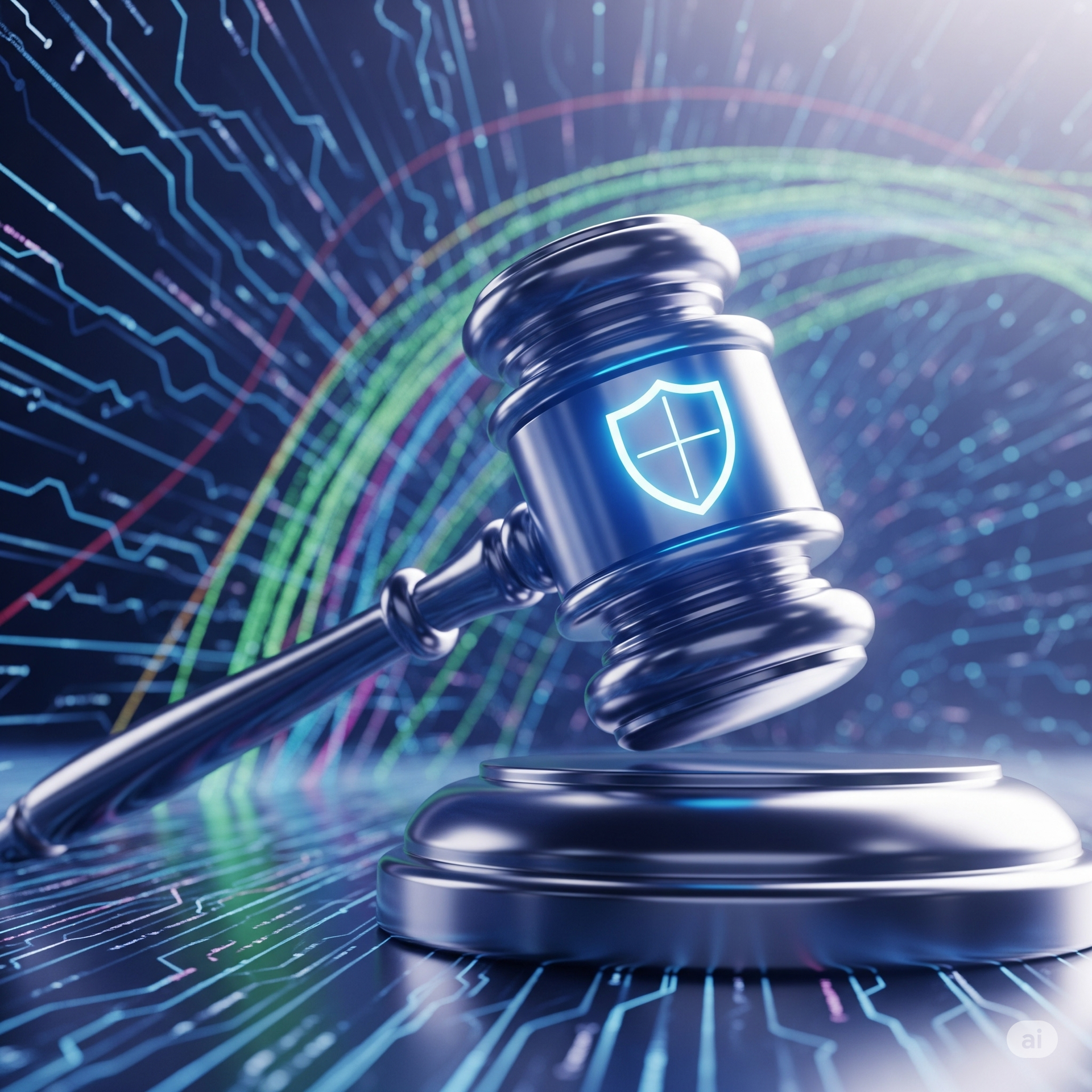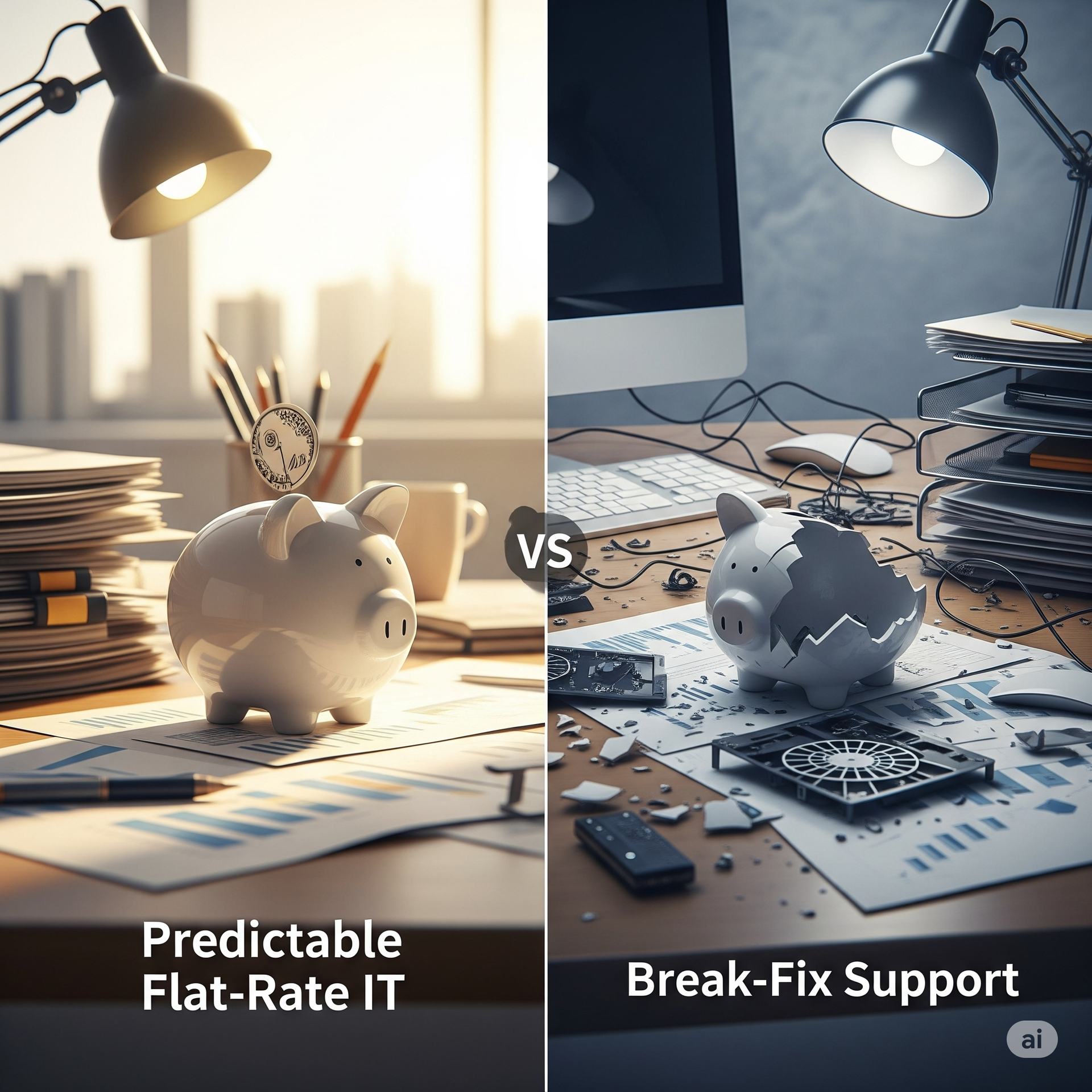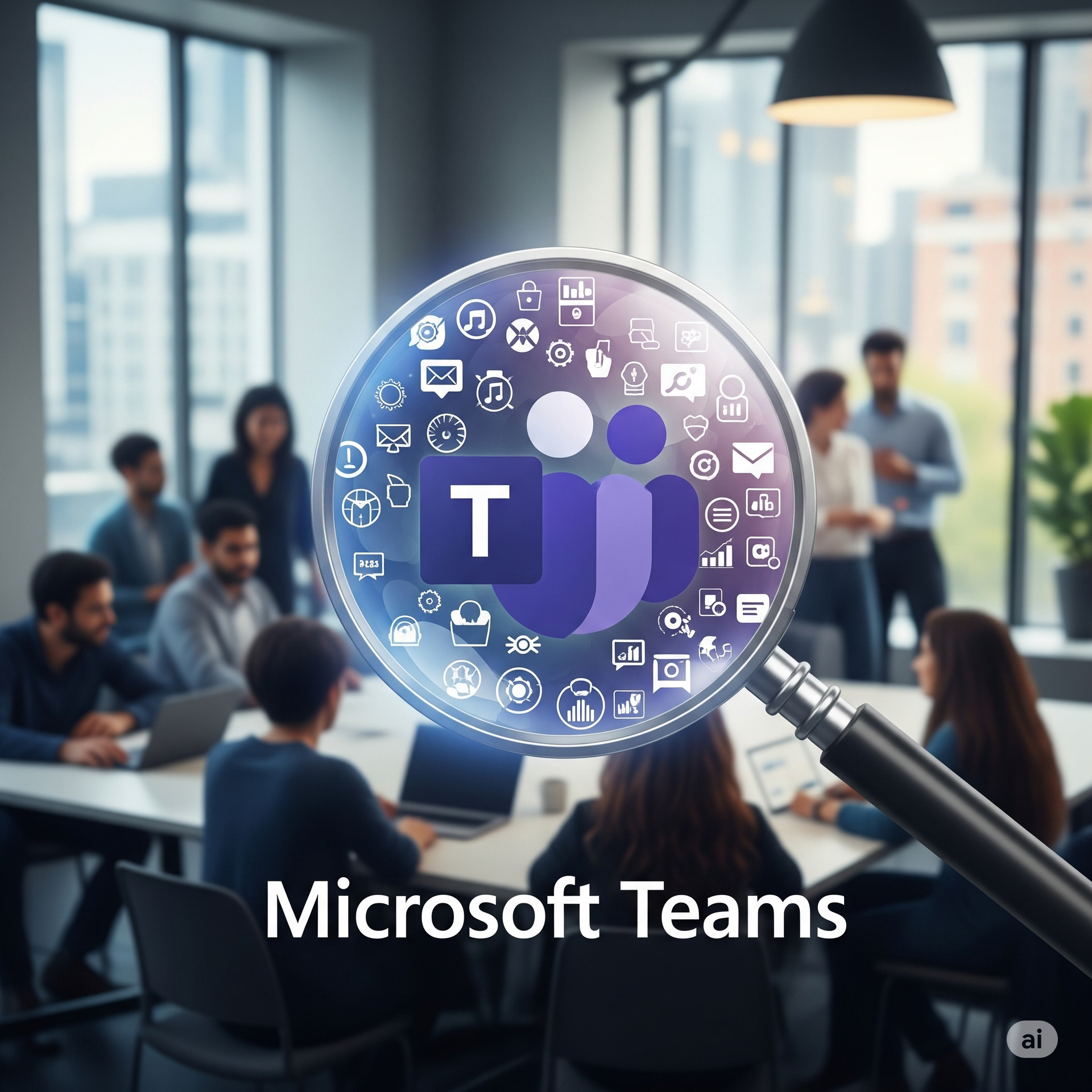Understanding the Next Generation of Data Privacy Laws for Your Business
Understanding the Next Generation of Data Privacy Laws for Your Business

The Evolving Landscape of Data Privacy Regulations
As we navigate through the digital age, data privacy laws are evolving to address the complexities and advancements within technology sectors across the globe. Understanding these changes is imperative for any business aiming to thrive in today’s data-driven marketplace. New regulations such as the General Data Protection Regulation (GDPR) in the European Union and the California Consumer Privacy Act (CCPA) in the United States set the standard for how personal data should be handled, offering individuals greater control over their personal information. These laws mandate transparency in how companies collect, store, and use data, emphasizing consent and the right to access personal information. As these regulations continue to expand and adapt, businesses worldwide must ensure compliance to avoid hefty fines and reputational damage. Understanding and implementing these laws requires a thorough examination of current data handling practices and restructuring them to align with new legal standards. Recognizing the global impact of data privacy regulations highlights the need for businesses to prioritize cybersecurity strategies to protect not only their assets but also their clients’ trust and confidence.
Key Components of Modern Data Privacy Laws
Modern data privacy laws consist of several key components, each designed to protect individuals' personal data while ensuring businesses are accountable for how they manage information. One of the primary elements is the requirement for explicit consent from users before collecting their data. This implies that organizations must provide clear and concise information on how data will be used, enabling individuals to make informed choices about their personal information. Another critical component is the right to access, which empowers individuals to view what data is held about them and understand how it is processed. Furthermore, data breaches must be reported within a specified time frame to minimize potential harm and keep affected individuals informed. The creation and maintenance of comprehensive data protection policies are also emphasized, with a focus on minimizing data retention and ensuring security through measures like encryption and regular assessments. Additionally, accountability mechanisms are enforced, requiring businesses to document compliance efforts and demonstrating a commitment to upholding data privacy standards. Together, these components cultivate an environment where data privacy is prioritized, promoting trust and ethical responsibility in business practices.
Challenges Faced by Businesses in Adapting to New Regulations
Complying with the next generation of data privacy laws presents a number of challenges for businesses, especially in terms of resource allocation and operational changes. One of the primary challenges is understanding the complexities of various regulations and how they apply to different sectors and jurisdictions. This often necessitates hiring legal experts or consultants specializing in data protection to interpret the nuances of these laws accurately. Integrating comprehensive strategies to align with these regulations requires significant changes in IT infrastructure, data management processes, and employee training programs. Additionally, businesses must invest in advanced cybersecurity measures to protect sensitive data against breaches, which can involve significant costs. Another critical challenge is keeping up with the continuous evolution of privacy laws and regulations, which demands ongoing monitoring and updates to policies and systems. Furthermore, organizations often face resistance internally as employees adapt to new procedures and compliance requirements, highlighting the need for effective communication and training in fostering understanding and support throughout the company. These challenges underscore the need for a proactive and strategic approach to navigating the increasingly stringent landscape of data privacy.
Strategies for Ensuring Compliance with Data Privacy Laws
- Conduct comprehensive audits of current data management practices to identify and address compliance gaps.
- Develop and implement robust data protection policies that align with industry standards and regulations.
- Invest in advanced cybersecurity measures to safeguard data against unauthorized access and breaches.
- Establish procedures for obtaining explicit user consent and managing their data access requests.
- Provide regular training and education programs to ensure employees understand their roles in maintaining data privacy.
- Partner with legal and IT specialists to stay informed about regulatory updates and integrate necessary changes promptly.
The Role of Technology in Facilitating Compliance
Technology plays a vital role in facilitating compliance with the evolving data privacy laws, providing businesses with tools and solutions designed to streamline the implementation of these regulations. Automation technologies, for instance, significantly reduce the risk of human error by managing data collection, storage, and processing in line with compliance requirements. Advanced data encryption technologies ensure that personal information remains secure and accessible only to authorized users, helping mitigate the risks of data breaches. Additionally, employing artificial intelligence can enhance monitoring systems, identifying potential data protection issues before they escalate into more significant problems. Implementing data loss prevention (DLP) software can help organizations monitor and protect data, preventing it from being misused or accessed inappropriately. Furthermore, modern data management platforms provide centralized control, offering businesses visibility and insight into how data flows across systems, making it easier to maintain compliance. Utilizing these technological advancements allows businesses to efficiently navigate the complex requirements of data privacy laws while ensuring they remain forward-thinking in their approach to data protection.
Preparing Your Business for a Compliant Future
In preparing for a compliant future amidst evolving data privacy laws, businesses must adopt a forward-thinking approach that prioritizes data protection as a fundamental aspect of their operations. This begins with a shift in organizational culture, where data privacy is regarded as a shared responsibility across all teams and departments. Management should prioritize transparency, openly communicating the importance of compliance and the role every employee plays in achieving it. Implementing regular data protection impact assessments (DPIAs) can help manage risks associated with new data-processing activities, ensuring potential threats are identified and mitigated early. Businesses must also foster a culture of continuous improvement, adapting processes and technologies in response to new regulations and emerging threats. Engaging with stakeholders, customers, and partners regarding data privacy practices not only builds trust but also offers valuable feedback that can enhance compliance strategies. By embedding data privacy in the company ethos and remaining agile in response to regulatory changes, businesses can ensure they are not merely meeting legal obligations but are leading the way in ethical data management and protection, ultimately safeguarding both their growth and their reputation.
HCS Technical Services











